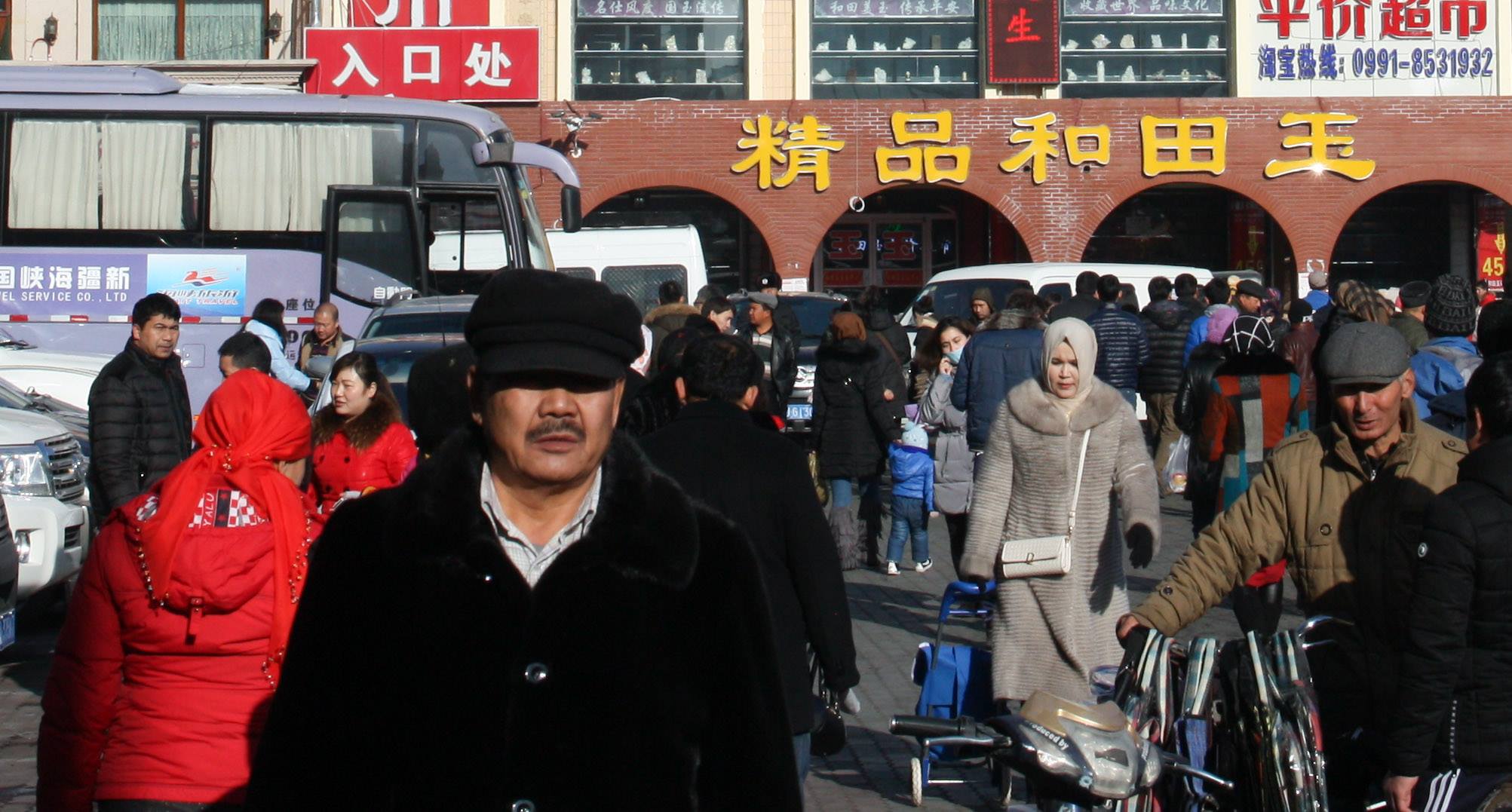Seeing as Xinjiang’s re-education camps have brought the region and its controversies finally into wide public view, I have decided to post my old article published in The Gryphon in 2014 to my blog. It is out of date, but my reasoning for putting it here is to highlight that what is happening now is not something new, but an escalation. I understand many of the claims in the article may seem unjustifiable, but much of what I wrote stemmed from either personal experience or from the direct experience of people I met in Xinjiang. My question, for which I have no answer yet, is why did it take so many years and the possible imprisonment of 1 million innocent people to make the news?

The unheard plight of Xinjiang
The question of Tibetan independence from Mainland China is relatively well known to the west, and there has been a large amount of campaigning from within and abroad the region to declare it its own country. The culture and way of life of native Tibetans has been slowly chipped away at – arguably with the intention of being wiped out completely -and amongst other equally as important contributors such as limitations of Religious and political freedom, this has led naturally to heavy unrest.
What makes its way into the public eye much less often, are the similar problems that are taking place in the North-western Xinjiang autonomous region right now. Clashes between Han Chinese and the Uighur minority of China’s largest region have been common for a number of years in recent times, caused by strikingly similar reasons to Tibet and resulting in strikingly similar problems.
The official line on relations between the ethnic groups of Xinjiang is that each lives in perfect harmony, all striving together for a better China. Considering some of the blatant discrimination towards Uighurs, this claim is more than questionable. In some towns, Uighurs are attacked simply for being Uighur. As a Muslim minority, the rules imposed by the city of Karamay to ban Muslim dress were most likely aimed at Uighurs. In other towns, only the top Uighur students are allowed to study alongside Han students.
This discrimination, alongside the gradual disappearance of the native culture, has resulted in extreme unrest and violence. In 2009, Riots broke out in the regions capital, Urumqi. Official numbers claim 200 deaths and nearly 2000 injured in the violence. Just this year, 3 train stations across China were bombed, allegedly by a Uighur terrorist group. Even this week, a bomb killed 50 (recently marked up from 2 from the authority’s sources) in Luntai county.
Whether this violence is justified is a difficult question. Although peaceful protest should be the answer to solving the misunderstandings, this isn’t much of an option in China. Illham Tohti, a leading Uighur scholar from Beijing’s Minzu University has been sentenced this week to life imprisonment for voicing the plight of the Uighurs. He has been labelled a separatist by the authorities and accused of being involved with underground activist groups. If a respected, leading scholar in Beijing has no voice, then the people of Xinjiang have even less chance.
Many Uighur people want independence from China and wish for the region to be declared ‘East Turkistan’. In the current world political climate, this nationalism could easily be misinterpreted. The Uighurs have no country of their own, so if their culture is wiped out in Xinjiang, it will be gone completely. The government dismisses the violence as ‘Muslim extremism’, when the desperate unrest is entirely a helpless, hopeless attempted defence of the Uighur way of life.
. The authority’s response to current violence has been to increase the military presence in Xinjiang (Urumqi is now dotted with soldiers and tanks, many of which point permanently towards Uighur public buildings). Anti-terror propaganda is being placed around cities and over Chinese social media. A year -long crackdown on ‘terrorism’ is now in effect across Xinjiang.
The problems in Xinjiang do appear to unfortunately be escalating currently, with many more major incidents being reported this year. Now that some of the alleged terrorism has spread to other provinces, an already uncertain ordeal has become even more so. As the problems escalate, tensions between the regions ethnic groups also are becoming more electrified. It is difficult to predict what will happen in Xinjiang’s foreseeable future, but one thing which is certain is that its current road is not a comfortable one.
Skip to content
